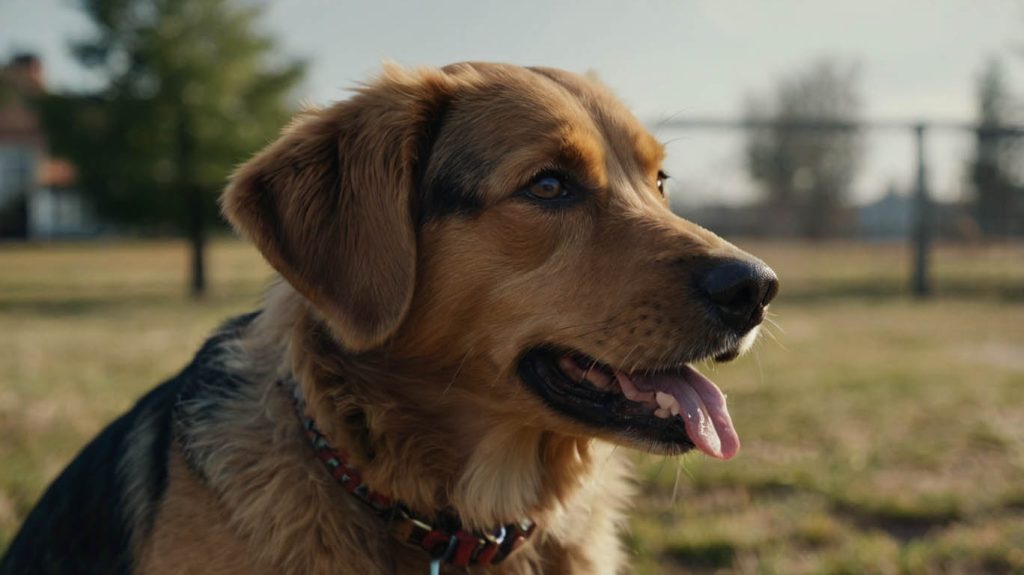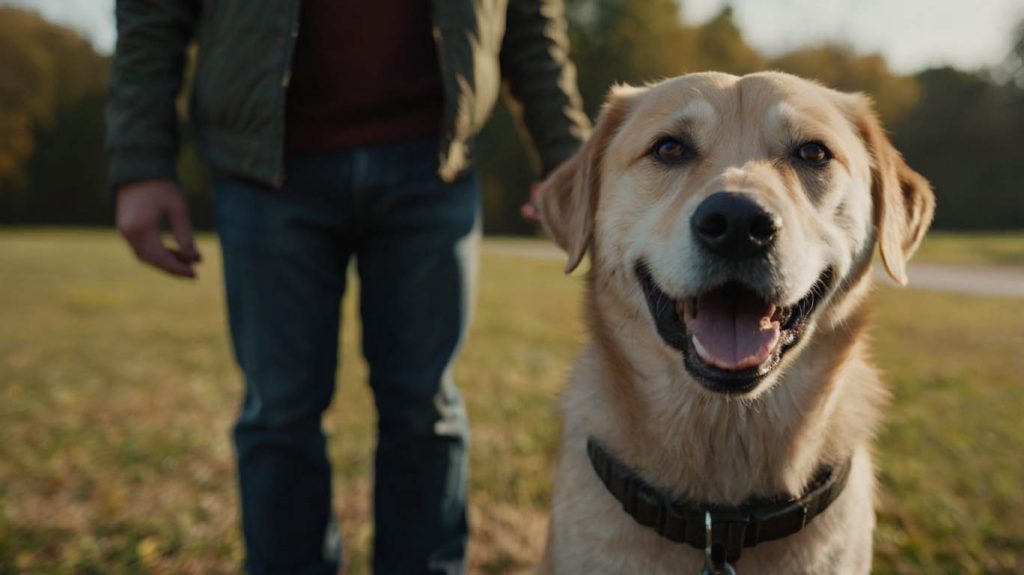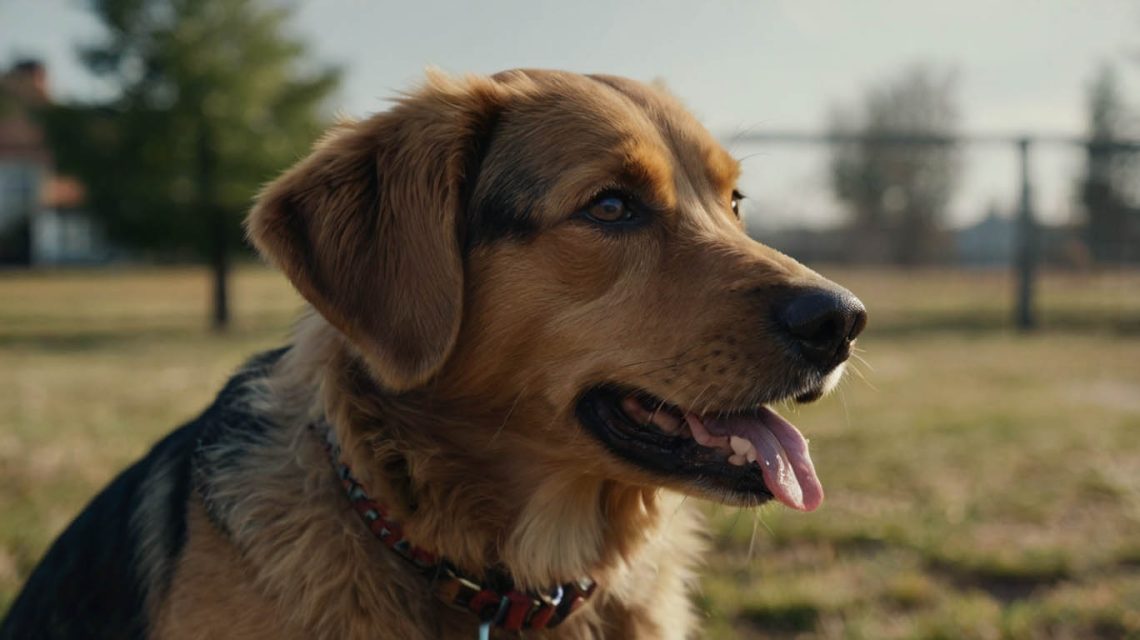Training a dog can feel like a battle—especially when they ignore your commands like you’re invisible. But here’s the truth: getting a dog to listen doesn’t take magic. It takes method, consistency, and connection. If you’ve ever wondered how to get a dog to obey commands, this guide will show you exactly how.
Whether your pup is just learning or your older dog needs a refresher, these training strategies, real-life examples, and step-by-step methods will help you turn chaos into calm, one command at a time.
Why Learning How to Get a Dog to Obey Commands Matters
Let’s be honest: a dog that doesn’t listen can be frustrating—and dangerous. When your dog runs into traffic, lunges at strangers, or refuses to drop a dangerous item, it’s not just annoying. It’s a safety hazard.
That’s why understanding how to get a dog to obey commands is more than just a training technique. It’s a responsibility. Obedient dogs are happier, safer, and more confident. Plus, when your dog listens, your bond deepens and daily life becomes a lot more enjoyable.

How to Get a Dog to Obey Commands: Start With These Foundations
Begin with the Basics and Be Consistent
Before anything else, pick your core commands: “Sit,” “Stay,” “Come,” “Down,” and “Leave it.” Teach one at a time using short, focused sessions. Stick to the same word and tone each time.
Consistency is key. If one day you say “Down” and the next you say “Lie down,” your dog may get confused. Keep commands short, clear, and consistent across all family members.
Make Training Sessions Short but Frequent
Most dogs learn best with 5–10 minute training sessions, 2–3 times per day. End every session on a positive note—even if your dog only gets it right once. This builds confidence and keeps them excited to learn.
Use High-Value Rewards Early On
During the learning phase, use irresistible rewards—like tiny bits of chicken or cheese. These motivate your dog to focus, especially around distractions. As your dog improves, switch to praise or toys to maintain responsiveness without over-relying on food.
How to Get a Dog to Obey Commands in Real-World Settings
Train in Different Locations
Dogs don’t generalize well. Just because your dog obeys “Sit” in the kitchen doesn’t mean they’ll do it at the park. So, if you’re serious about mastering how to get a dog to obey commands, train in various environments: your yard, the street, and even noisy areas.
Start in calm settings, then slowly add distractions. The more variety, the stronger the behavior becomes.
Avoid Overuse of Negative Reinforcement
Yelling, yanking the leash, or punishing your dog when they don’t listen will backfire. It creates fear—not obedience. Instead, guide your dog to success and reward the behavior you want.
Positive reinforcement builds trust. And dogs trained with kindness are more likely to listen because they want to, not because they’re afraid.
Case Study: How Bentley Transformed in 6 Weeks
Bentley, a 9-month-old German Shepherd, was strong-willed and reactive. He jumped on guests, ignored recall commands, and pulled on walks like a freight train. His owner, Marcus, had tried yelling, scolding, and even hiring a strict trainer—none of it worked.
Then Marcus switched strategies. He studied how to get a dog to obey commands using reward-based training. In week one, Bentley learned “Sit” and “Stay” with hot dog pieces. In week three, they practiced “Come” in a fenced park using a long leash. By week six, Bentley responded reliably—even with distractions.
Today, Bentley walks calmly, greets guests politely, and obeys commands the first time. The secret? Consistent cues, patient practice, and high-value motivation.
Advanced Tips on How to Get a Dog to Obey Commands Every Time
Add a Release Word
Once your dog learns “Stay,” pair it with a release word like “Okay” or “Free.” This teaches your dog to remain in position until you give the all-clear. It also adds clarity and reduces random movement.
Fade the Treats Gradually
Eventually, you want your dog to respond without needing food every time. Once the command is consistent, switch to variable rewards—treats sometimes, praise other times. This unpredictability actually strengthens obedience.
Practice Around Distractions
The final test of obedience is how your dog responds when something more exciting is nearby. Train with toys, other dogs, or visitors in the background. Begin at a distance, then move closer as your dog succeeds.

Common Mistakes That Prevent Obedience
Even the most loving owners sometimes make errors. Here’s what to avoid while mastering how to get a dog to obey commands:
- Repeating commands too often:
Saying “Sit, sit, sit!” dilutes the command. Say it once, wait, then guide if needed. - Inconsistent rewards:
Reward every success when teaching. Phase out treats only after mastery. - Ignoring your dog’s body language:
If your dog is fearful or tired, pushing training can create resistance. - Scolding after the fact:
Dogs live in the moment. Correct or reward immediately. Delays cause confusion.
Best Commands to Teach for Everyday Obedience
| Command | Why It Matters |
|---|---|
| Sit | Creates calm, stops jumping, easy to learn |
| Stay | Prevents running into danger |
| Come | Lifesaving in emergencies |
| Leave It | Prevents eating harmful objects |
| Drop It | Stops resource guarding or swallowing |
| Heel | Makes walks safer and more enjoyable |
Focus on these first before moving to fancy tricks. These are the foundation of all dog manners.
FAQs About How to Get a Dog to Obey Commands
At what age should I start obedience training?
Start as early as 8 weeks. Puppies learn fast and early habits stick.
What if my dog is older? Can they still learn?
Absolutely. Dogs of any age can learn with positive, consistent training.
How long does it take to teach obedience?
Some commands take days; others take weeks. It depends on your consistency and your dog’s temperament.
Do I need professional help?
Not always. Many owners succeed with home training. However, if aggression or fear is involved, consult a positive-reinforcement trainer.
What if my dog listens indoors but not outside?
Train in multiple environments. Dogs need help generalizing commands across different settings.
Can I train more than one command at once?
Yes, but focus on mastering one before moving fully to another. Overloading can confuse your dog.
Conclusion: Start Today, Stay Consistent, and Watch Obedience Grow
Training isn’t about being strict—it’s about being smart. Learning how to get a dog to obey commands means you’re choosing to build trust, respect, and safety into your daily life with your dog.
Start small, reward big, and never stop practicing. With consistency, clarity, and compassion, your dog will listen not just because they have to—but because they want to.


